Care Ratings analysts estimate that solar power tariffs could rise by about 20% as a basic customs duty comes into effect from April 1, 2022. Tariffs would increase by 25-30 paisa/kWh if only cells are imported under the new BCD regime vis-à-vis no duty structure. The tariff rise would be 40-45 paisa/kWh in case of module imports, said the analysts.
The analysts calculated a 20% rise in tariffs while not factoring in any safeguard duty in low tariff of INR 2.00/kWh.
Currently, solar cell and module imports from China, Thailand, and Vietnam attract a 14.50% safeguard duty, which is due to expire on July 30.
While there is ambiguity on the extension of safeguard duty, the Ministry of New and Renewable Energy has confirmed that the finance ministry has approved the proposal to levy a 40% customs duty on solar modules, and 25% on cells, from April 2022. Customs notification of the move will be issued at a later date.
The solar electricity price in India dropped to an all-time low of INR 1.99/kWh in a 500 MW Gujarat auction held in December last year.
Impact
The proposed BCD structure would be applicable without grandfathering of bid-out projects. Accordingly, projects that are scheduled to achieve commissioning up to March 31, 2022 but do not achieve the same for any reason would not be entitled to change-in-law compensation. This, according to Care Ratings, would directly impact the returns and debt servicing capability of such projects.
The projects which are already bid-out and scheduled to achieve commissioning after April 1, 2022, would be eligible for change-in-law compensation. However, it has always been a lengthy process to get the change in law compensation. Also, it would increase the power cost for the off-takers in turn.
The analysts stated that as the effective levy increases from April 2022, most developers would try and push their project completion timelines before the end of March 2022. The sudden surge in the demand for imported cells and modules and thus insufficient supplies could result in a module price increase.
Also, there is a slight possibility that exporters could dump maximum solar cells and modules in India before March 31, 2022, which may prevent a steep increase in module prices. Any unforeseen rise in solar cell and module prices would be challenging for the developers as the bid-out tariffs are highly competitive, they said.
On the other hand, the BCD imposition would give a fillip to capacity utilization of existing domestic manufacturers. India has a limited domestic solar manufacturing capacity of about 3 GW for solar cells and 15 GW for solar modules. However, its capacity utilization remains low at 40-45% as up to 80 to 90% of the nation’s solar cell/module requirement is imported from China, Malaysia, Vietnam, Thailand, etc.
India has set an ambitious target of achieving 175 GW of installed renewable energy capacity, including 100 GW of solar power, by 2022. The long-term renewable energy capacity target is 450 GW by 2030, wherein solar power capacity shall have a significant share.
As of March 10, 2021, India had a healthy solar project pipeline of around 53 GW. Out of 53 GW, about 19 GW would likely be commissioned by March 2022, 12 GW by March 2023, and 22 GW after March 2023.
This content is protected by copyright and may not be reused. If you want to cooperate with us and would like to reuse some of our content, please contact: editors@pv-magazine.com.
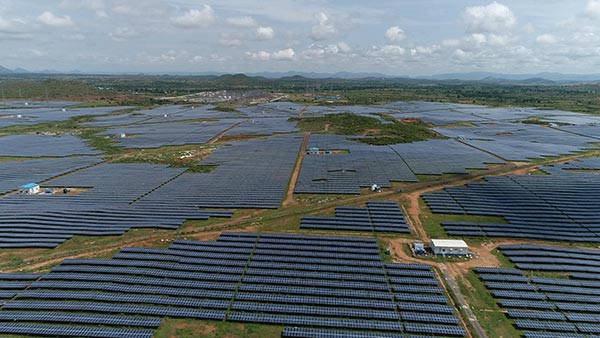
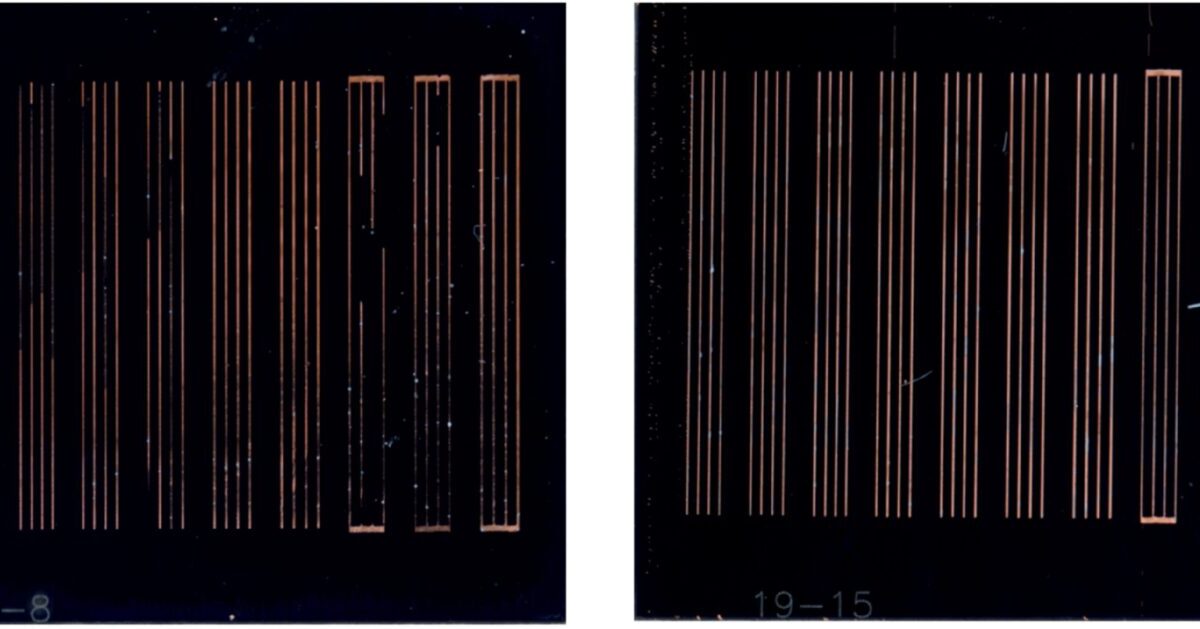


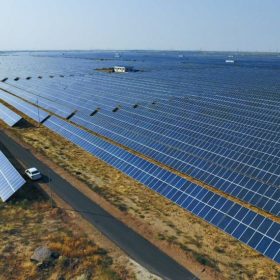
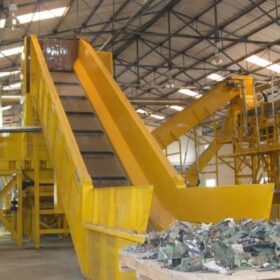
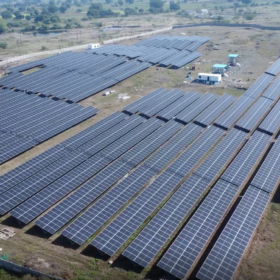
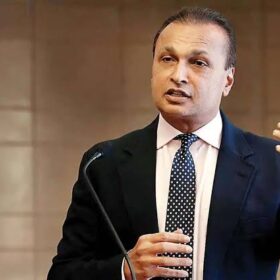
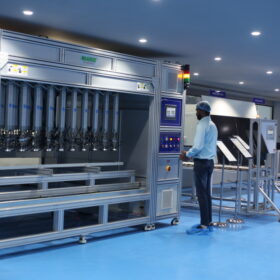
The Electricity producers may sell at whatever price it is…. but the customer buys at a much much higher price…. find me A SINGLE NORMAL TARIFF of less than Rs4/KWhr (leaving aside subsidized for Agriculture, EWS, etc)… so so Rs0.20-0.40/KWhrs (as per article… remember PV Panel Costs are less than 50% of TOTAL PV System Capital Costs…) is a MAXIMUM increase…. so we are talking about 5-10% Maximum…. I pay about Rs7.50/Kwhr… so it is 5-7% more…
What is surprising is the very low Capacity Utilization of the Solar Industry in India…. and this may have to do with the much much lower interest rates in other parts of the world as against India… that allows foreign manufacturers
to provide sweet financing deals…. Look like a temporary 100% Import Duty is needed to “kick start” the Indian Solar Industry … as long as maximim Retail Price does not exceed Global Prices…. so Indian Manufacturers get a “leg up” only and not get “addicted” to Permanent Protection and Inefficiency or (very) High Profit Margins..
It is these very very low interest rates overseas that is “firing” overseas Financing of Solar Projects in India… by Indian or Foreign Companies… and handicapping Indian Industry too…